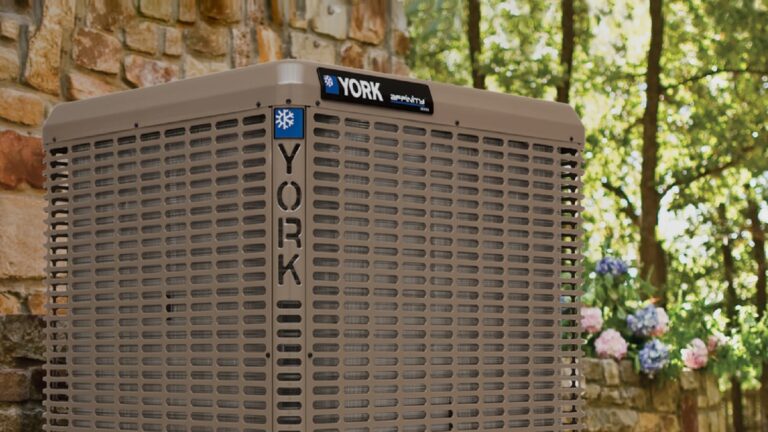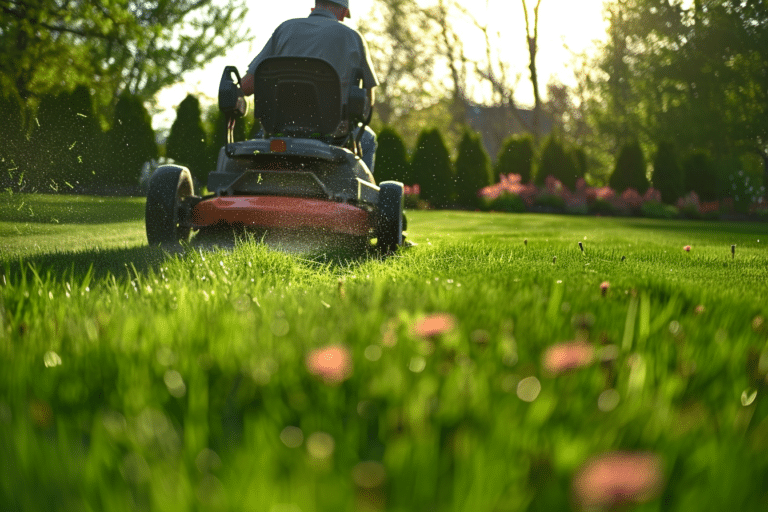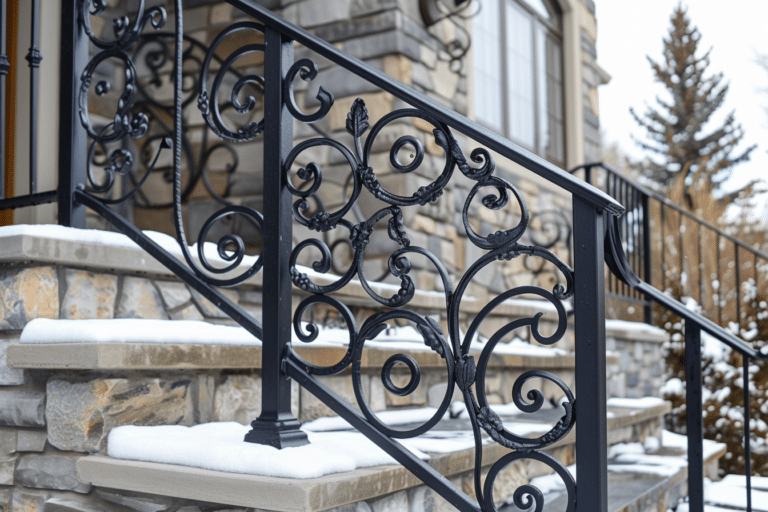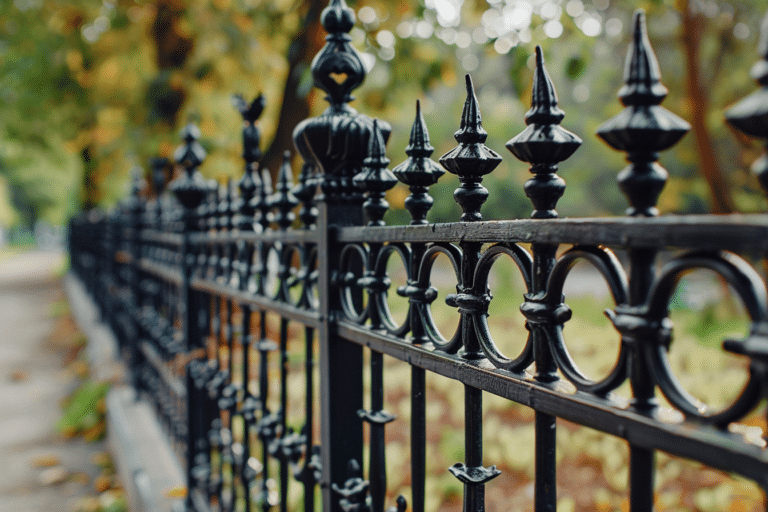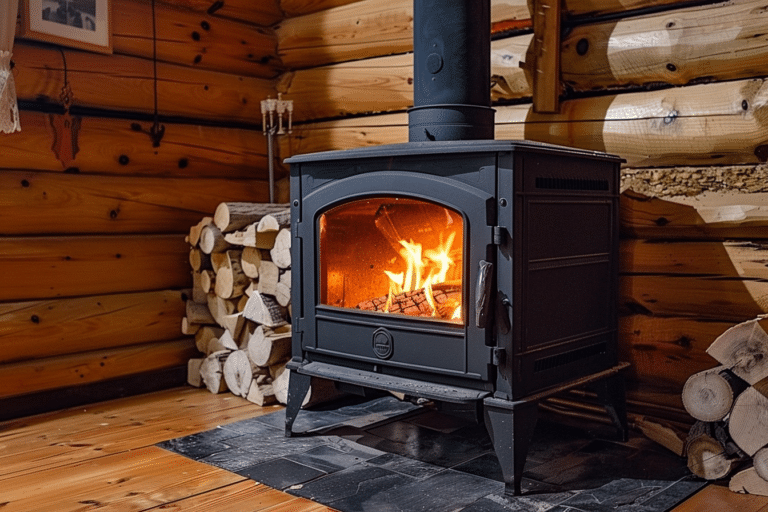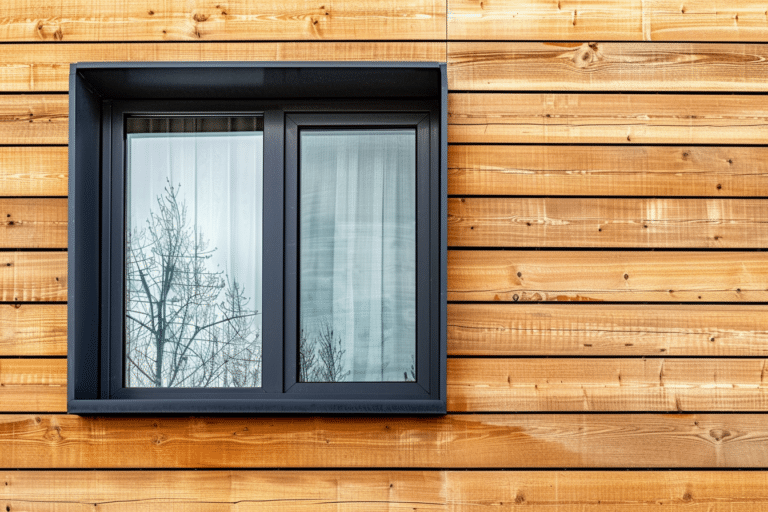Key Takeaways
- Installation Costs: Costs for chimney liners vary by material, ranging from $625 for aluminum up to $7,000 for cast-in-place liners.
- Material Choices: Common liner materials include stainless steel, aluminum, ceramic, and clay, each with unique benefits and drawbacks.
- Maintenance and Replacement: Replacement costs can vary significantly, often depending on the condition of the existing liner and the material chosen for the new liner.
- DIY Installation: For those considering a DIY approach, liner kits are available, but professional installation is recommended for safety and warranty purposes.
- Longevity: Lifespan of chimney liners ranges from 5 to 50 years depending on the material.
Chimney Liner Installation Cost Overview
Installing a chimney liner is an essential part of maintaining the safety and efficiency of your home’s heating system. This guide provides detailed insights into the costs involved, the different types of materials available, and other key factors affecting chimney liner installation.
Chimney Liner Installation Cost
The cost of installing a chimney liner can vary widely depending on the material and type of liner. Here are some average costs you might expect:
| Material | Installation Cost Range |
|---|---|
| Aluminum | $625 – $2,250 |
| Stainless Steel | $900 – $3,800 |
| Ceramic / Thermocrete | $1,000 – $5,000 |
| Clay / Terracotta | $2,000 – $3,500 |
| Cast-In-Place | $2,000 – $7,000 |
These costs include both materials and labor. Choosing the right material depends on factors like the type of fuel you use, your chimney’s condition, and your budget.
Chimney Liner Cost by Material
Chimney liners come in various materials, each with specific characteristics:
1. Stainless Steel
- Cost per Foot: $20 – $90
- Pros: Safe, durable, easy to install and clean, works with all fuel types.
- Cons: More expensive than some other options, potential corrosion issues.
2. Clay / Terracotta
- Cost per Foot: $6 – $15
- Pros: Inexpensive, withstands high temperatures, long lifespan.
- Cons: Difficult to replace or repair, not suitable for modern gas appliances.
3. Cast-In-Place
- Cost per Foot: $40 – $120
- Pros: Improves structural integrity, less creosote buildup, long lifespan.
- Cons: High cost, complex installation process.
4. Aluminum
- Cost per Foot: $5 – $30
- Pros: Low cost, lightweight, easy installation.
- Cons: Limited to gas appliances, susceptible to corrosion.
5. Ceramic / Thermocrete
- Cost per Foot: $50 – $200
- Pros: Quick installation, long lifespan.
- Cons: High cost, requires specialized installers.
Cost to Reline or Replace Chimney Liner
Relining or replacing a chimney liner involves additional costs:
| Item | Cost Range |
|---|---|
| Removal of Old Liner | $250 – $2,500 |
| Installation of New Liner | $900 – $3,800 |
| Total | $1,200 – $4,600 |
Factors Affecting Cost
Several factors influence the cost of installing a chimney liner:
- Inspection and Cleaning: Before installation, a thorough inspection and cleaning are necessary, costing between $150 and $250.
- Materials: Costs can range from $10 to $120 per foot depending on the liner material.
- Labor: Installation labor costs vary from $500 to $3,000.
- Permits: Required permits can add $100 to $150 to the overall cost.
FAQs About Chimney Liners
What Is a Chimney Liner?
A chimney liner is a conduit made of metal, ceramic, or clay installed inside a chimney to protect the walls from heat and corrosion and to direct combustion products outside.
How Long Does It Take To Install?
Installation typically takes one day, but preparation work may extend this time.
Which Liner Material Is Best?
The best material depends on your specific needs, the type of heating appliance, and your budget. Stainless steel is generally preferred for its durability and versatility.
How Long Does a Liner Last?
Lifespans vary by material:
- Clay Tile: 15 – 50 years
- Aluminum: 5 – 15 years
- Stainless Steel: 15 – 25 years
- Cast-In-Place: 50 years
Detailed Breakdown of Chimney Liner Types and Costs
Stainless Steel Chimney Liners
- Types: Available in rigid and flexible forms.
- Rigid Liners: Best for straight chimneys, connect via short sections, cost between $30 and $50 per foot.
- Flexible Liners: Ideal for chimneys with bends, available in lengths up to 50 feet, cost between $20 and $90 per foot.
Single vs. Double-Wall Flue Liners
- Single Wall: Less expensive but might require insulation, prone to more creosote buildup.
- Double Wall: Better insulation, easier to clean, costs more upfront but offers long-term benefits like reduced maintenance.
Cost Factors Detailed
Inspection & Cleaning
- Purpose: Ensures that the chimney is free of obstructions and structural issues before liner installation.
- Benefits: Prevents complications during installation and enhances safety.
Material Costs
- Range: $10 to $120 per foot.
- Factors Influencing Cost: Type of material, thickness, and whether the liner is insulated.
Labor Costs
- Scope: Includes removing the old liner, preparing the chimney, and installing the new liner.
- Cost Variables: Depend on the complexity of the job and regional labor rates.
Permitting
- Necessity: Required in most jurisdictions to ensure safety and compliance with local building codes.
- Cost Impact: Adds to the overall expense but crucial for legal compliance.
Installation Process and Considerations
Professional vs. DIY Installation
- Professional Installation: Recommended for ensuring proper fit, maximizing safety, and maintaining warranty coverage.
- DIY Installation: Possible with kits, but risks include improper installation and safety hazards.
Chimney and Liner Compatibility
- Importance of Proper Sizing: Critical for efficient operation of heating appliances and prevention of hazardous conditions.
- Measuring for Fit: Involves assessing the internal dimensions of the chimney and the output requirements of the heating appliance.
Maintenance and Longevity
Regular Cleaning and Inspection
- Frequency: At least once a year or more depending on usage and type of fuel burned.
- Benefits: Extends the life of the chimney liner and ensures safe operation.
Signs a Liner Needs Replacement
- Visible Damage: Such as cracks or deterioration.
- Efficiency Issues: Such as unusual smoking patterns or odor.
Additional Resources
For homeowners interested in learning more about chimney maintenance or considering other home improvement projects, here are some useful links:
These resources provide in-depth information that can help homeowners make informed decisions about their home maintenance and improvement projects.


